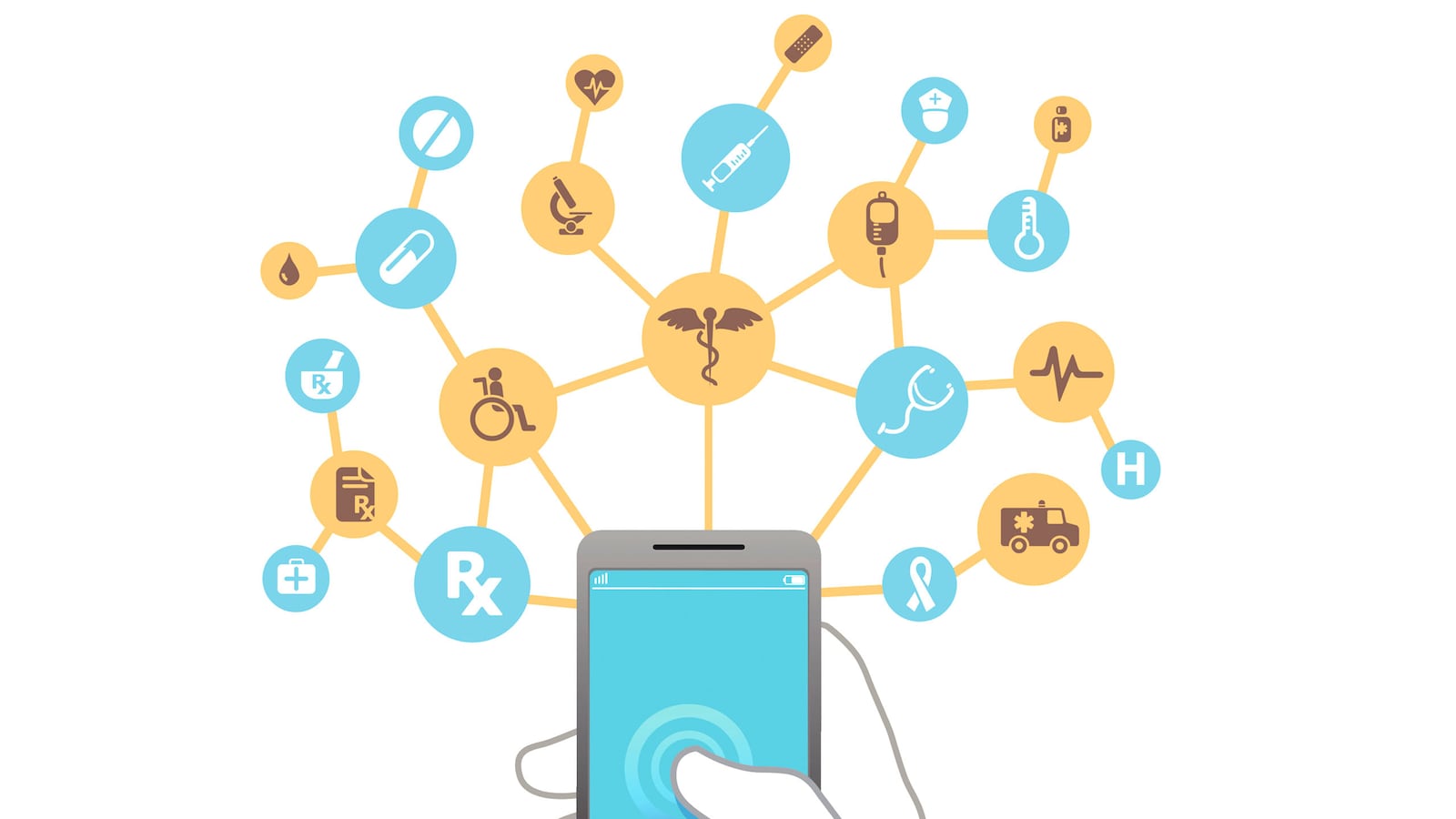There isn’t a thing about health care that isn’t costly. Clinical treatment of any kind costs patients an immense amount of money, an inordinate amount of time, and sometimes doesn’t even work the way we hoped it would. Given the huge level of investment it requires, it’s kind of remarkable that for much of the process, patients are kept in the dark. After all, our health care providers already know so much about us.
But what if that dynamic was reversed?
At the Northside Festival in Brooklyn on Thursday, a small panel convened to discuss the ways our data-driven tech scene can work to the advantage of every patient in health care--but hasn’t. Called “Empowering the Most Important Caregiver: The Patient,” members included Chris Bradley, CEO of Mana Health, Mario Schlosser of health insurance startup Oscar, Rachel Winokur of Aetna’s tech services division Healthagen, and Paul Wilder of The NY eHealth Collaborative.
“All of this data is being generated in health care,” said Chris Bradley, “but it’s not helping the people who need it most.”
Recent announcements from companies like Apple suggest that the next big push in tech is going to be for our health. But as tech enables us to take more control of wellness, it’s starting to bring a fresh load of inadequacies in the health care system to the surface.
During the launch of WellMatch, a service designed to provide price transparency in health care services, panelist Rachel Winokur came up against one of these head on. Winokur described a situation in which WellMatch had found a way to do the impossible: both make health care providers more money while saving patients significant cost.
“Providers have excess capacity that they probably want to monetize. So, Fridays at five o' clock the MRI machine is probably not being used, and that's a fixed cost. Let's figure out how we monetize that and offer discounts,” said Winokur. “We discovered, going down that route, that in order to offer a discount on the price, you've got to know what the price is. And nobody knew what the price was.”
It’s quite difficult to fix a system in which the particulars of its operation are even obscured from those in charge, you see.
However, even if we succeed in moving data about our health from the sole purview of our doctors and insurers, another challenge emerges: talking about it. According to Chris Bradley, making informed decisions about our health care implies a metric that we don’t actually have.
“We have no actual idea what we mean by quality. I think we're just starting to figure out what it means to be sick. Because until this year, we haven't actually had any unified view of a patient in the state of New York, or any of the United States,” said Bradley. “Only when we start to see a unified view over time, [will] we start actually figuring out, 'what does it mean to be well... How do we measure quality before we can improve it?”
As such, there’s a need for the new wave of health tech to build some form of wellness literacy. To Bradley, this means getting to work establishing two things necessary for any tech project to get off the ground: standards, and data--that unified view of what a healthy person looks like, in order to better determine what is wrong.
But even if the tech end of the bargain is held up, there are still two very real barriers towards patient empowerment. The first is a grim reality of the system: it’s in a patient’s interest to seek as little clinical help as possible. And it’s in an insurer’s interest to keep you coming back for more.
The ideal health care service of the future would cause some tension in this regard, by providing you with an app-based, online service that will fill a space that’s been covered poorly by our current model: the time between doctor appointments.
“When you think about the cost of the health care system, we also found that re-admits, post [pediatric hospital] discharge, went through the roof, because you go from 24 hour coverage to zero coverage,” said Rachel Winokur, citing analysis of clients whose children needed immediate medical attention.
That transition from nurses and doctors available to address any worrisome symptom at any time to an environment where no one is around at all is anxiety-inducing, and as co-panelists Chris Bradley and Mario Schlosser pointed out, something that could be absolved with better engagement and access to easily-interpreted medical information.
The other big problem is generational: using apps and other tech services to manage your health care is going to go over just fine with younger patients who are likely to be digital natives. They’re also the demographic that needs health care the least.
“The ‘Well’ of the world are going to do very well with data that they can access every day, the Fitbit type data,” said moderator Paul WIlder. “But if you look at the socioeconomics of this stuff, who is using it, it's not because we're worried about [our health].”
Those who need the health care system the most often mistrust it, and rightfully so. Prices are exorbitant, and, as panelist Rachel Winokour said at one point, physicians are often chosen out of convenience and insurance compatibility rather than quality—which the panel, as you’ll recall, holds that we aren’t really equipped to evaluate given our health care limitations. So how do we deal with a cynical population whose prejudices are probably justified?
“I think we're at a point in health care where there's enough people starting, that we're going to be able to show people, just through improvements, and through increased health, that it's worth doing these things,” said Chris Bradley, in a brief interview after the panel.
“Because now it's just kind of a black box, like, 'just trust me.' And I don't want to have to trust you, I want to see it, I want to see the proof and I want to see how it works for millions of other people.”






